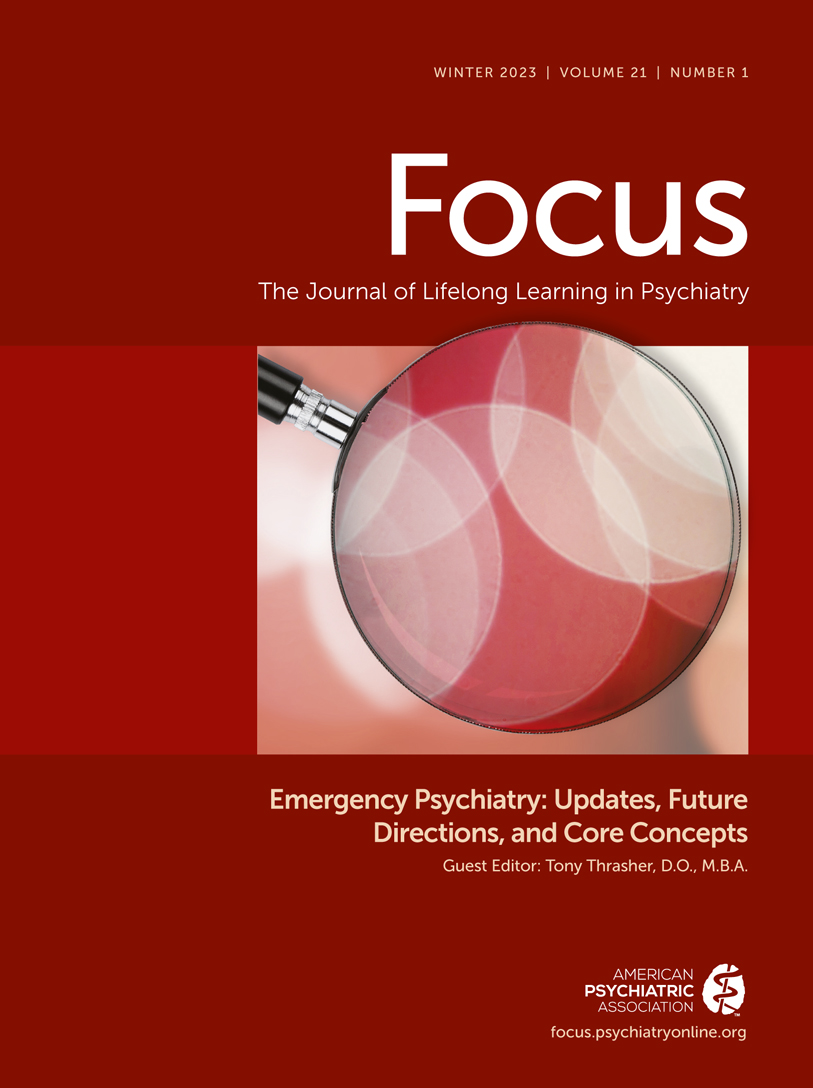Boarding of Mentally Ill Patients in Emergency Departments: American Psychiatric Association Resource Document
Abstract
The treatment of severe mental illness has undergone a paradigm shift over the last fifty years, away from a primary emphasis on hospital-based care and toward community-based care. Some of the forces driving this deinstitutionalization have been scientific and patient-centered, such as better differentiation between acute and subacute risk, innovations in outpatient and crisis care (assertive community treatment programs, dialectical behavioral therapy, treatment-oriented psychiatric emergency services), gradually improving psychopharmacology, and an increased appreciation of the negative effect of coercive hospitalization, except when risk is very high. On the other hand, some of the forces have been less focused on patient needs: budget-driven cuts in public hospital beds divorced from population-based need; managed care’s profit-driven impact on private psychiatric hospitals and outpatient services; and purported patient-centered approaches promoting non-hospital care that may under-recognize that some extremely ill patients need years of painstaking effort to make a community transition.
The result has been a reconfiguration of the country’s mental health system that, at times, leaves large numbers of people without adequate mental health and substance abuse services. Often their only option is to seek care in medical emergency department’s (ED’s) that are not designed for their needs. Increasingly, many of those individuals end up waiting in ED’s for appropriate care and disposition for hours or days.
This overflow phenomenon has become so prevalent in ED’s that it has been given a name: “boarding”. This practice is almost certainly detrimental to patients and staff, and it has spawned efforts on multiple fronts to understand and resolve it. When considering solutions, both ED-focused and system-wide considerations must be explored. This resource document provides an overview and recommendations regarding this complex topic.
Reprinted with permission from American Psychiatric Association. Copyright © 2019



